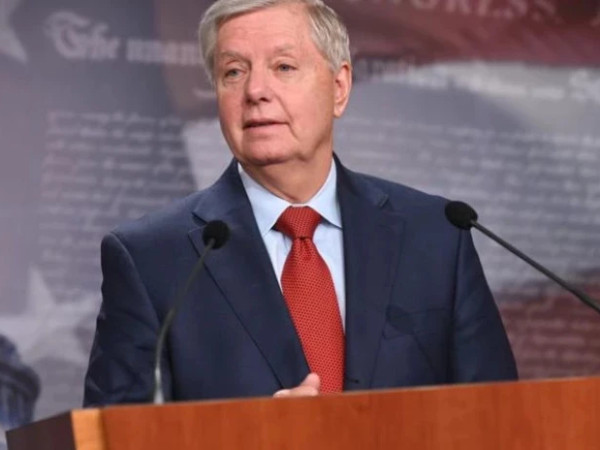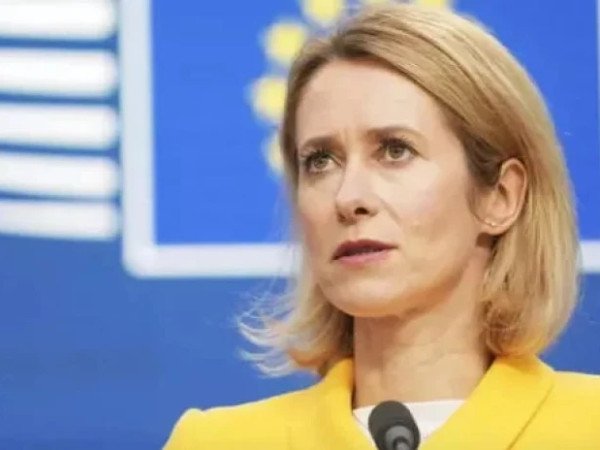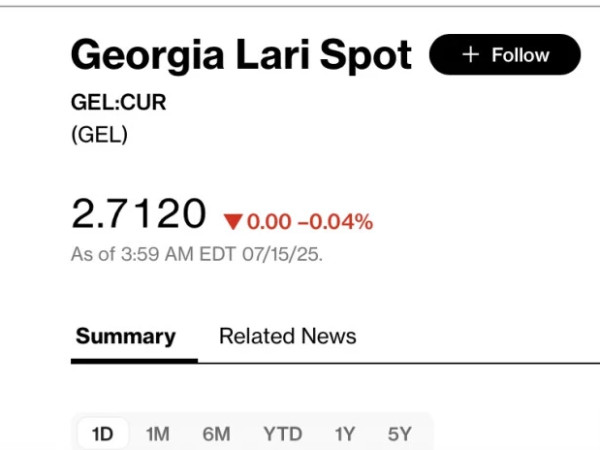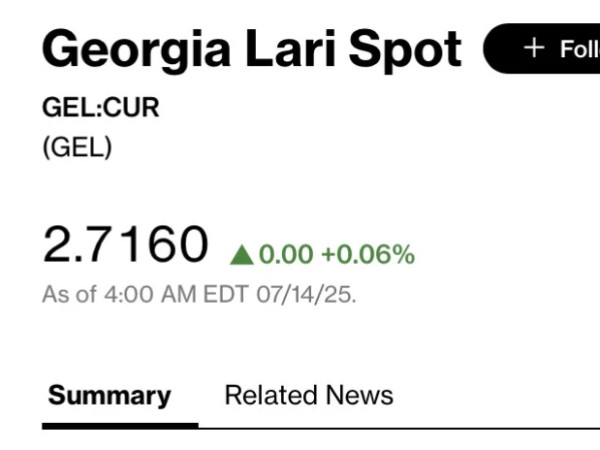The number of foreign students in Georgia grew strongly by a 17.5% CAGR over 2015-21. The relocation of Indian students from Ukraine and Russia since the onset of the Russia-Ukraine war further accelerated this growth to a 32.4% CAGR over 2021-23. As a result, Georgia now has one of the highest inbound mobility rates, reaching 17.3% in 2023, up from 4.9% in 2015, peering Switzerland at 19.1% and Czechia at 15.6%.
Indian students have been the primary growth driver in the number of foreign students, however there has been a notable increase in interest from Middle Eastern countries also, particularly Jordan, Israel and Egypt in recent years.
As of the 2023/24 academic year, 76.2% of foreign students were enrolled in private institutions, up from 54.1% in 2015/16. Planned shift towards 3-year bachelor's and 1- year master's programs starting from 2025 will further boost growth from foreign students in our view.
The average revenue per student has risen alongside the growing number of foreign students in private institutions, doubling over 2015-23 and exceeding GEL 6.5k in 2023, according to preliminary estimates. The total revenue of private institutions reached an estimated GEL 493.9mn in 2023, up 29.7% y/y.
Georgia has become the 9th largest market for Indian students, with its share rising to 1.4% in 2024 from 0.8% in 2018. This growth parallels India's rapid ascent as the world's second-largest source market for international students, after China. India's favorable macroeconomic and demographic dynamics, alongside challenges in domestic higher education capacity and quality keep the growth outlook strong.
Georgia's lower cost of living and improved air connectivity to India enhance Georgia's attractiveness. Georgia could host c. 31,000 Indian students by 2028 up from 16,357 as of 2024, generating c. 160mn US$ annual revenue for the higher education sector, by our estimates.
Based on recent growth trends in foreign student enrollments, we project that in 2028, Georgia could potentially host 40-48k foreign students (pessimistic and optimistic scenarios, respectively), contributing an estimated $420-500mn to the economy.


















